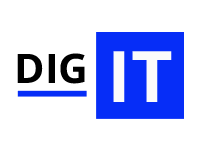CHOOSE THE PERFECT PLAN
Choose the most suitable plan for to start the process of filing of Trademark Application in India
Starter
- 1 Trademark Free Search
- Trademark Class Search
- Trademark Application in 1 Class
- .
- .
- .
Applicable for Individual, Proprietorship and all Other Businesses (Already MSME Regd. entity)
Master
₹
6,999
/
-
- 5 Trademark Search
- Trademark Class Search
- Trademark Application in 1 Class
- MSME Udyog Aadhaar Registration
- Free Unlimited Advisory
- .
Applicable for Individual, Proprietorship and All Other Businesses (MSME Registration by us)
Grand
₹
9,000
/
-
- 10 Trademark Free Search
- Unlimited Trademark Class Search
- Trademark Application in 1 Class
- MSME Udyog Aadhaar Registration
- Reply of First Examination Report
- 24x7 Premium Support
Applicable for Individual, Proprietorship and All Other Businesses (MSME Registration by us)
















